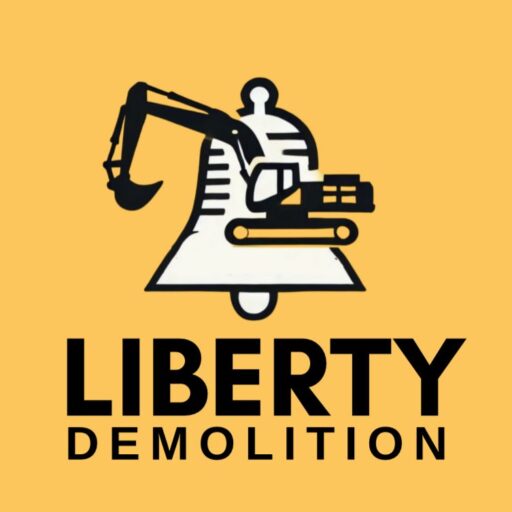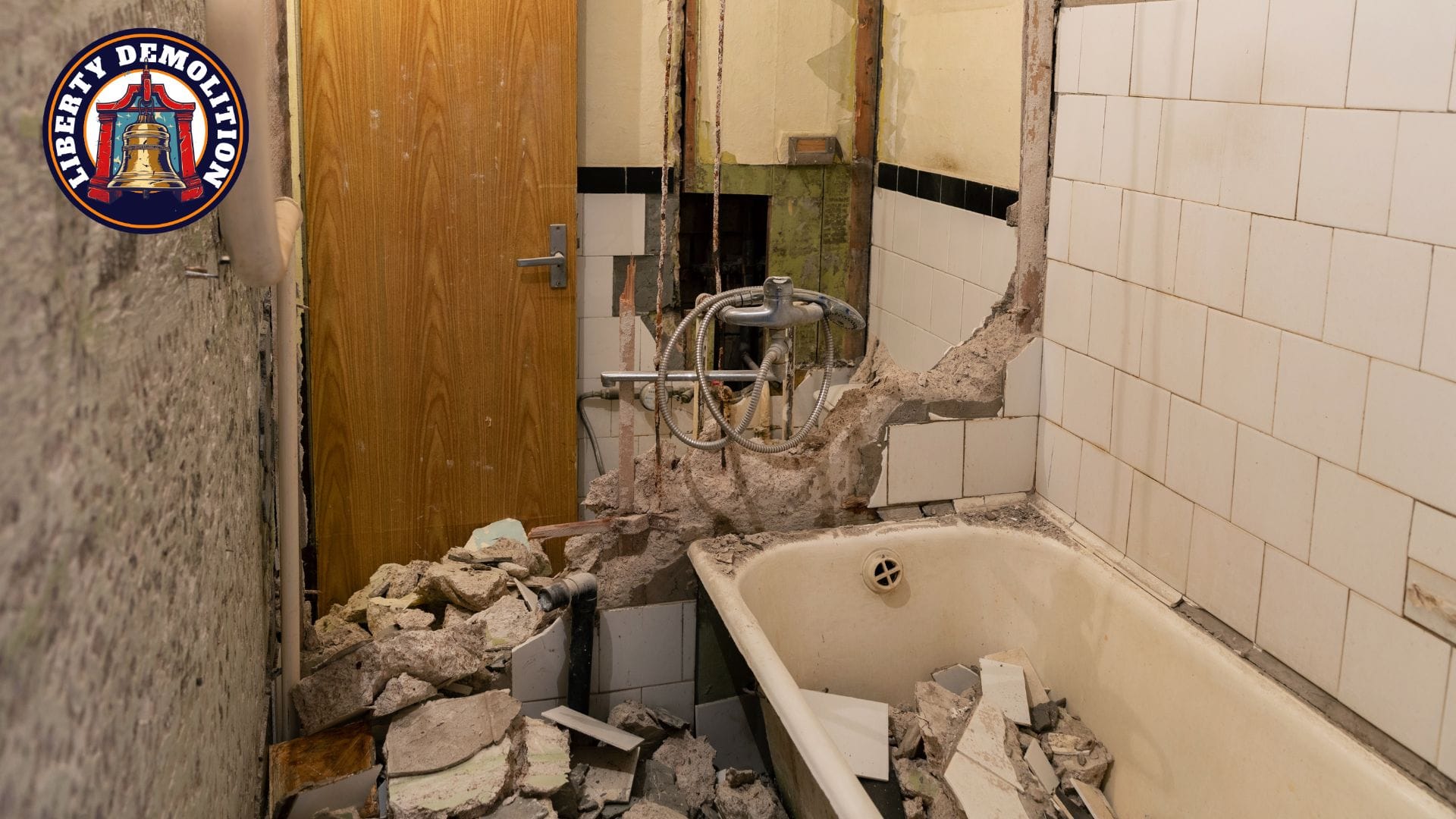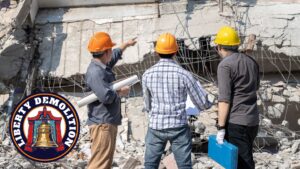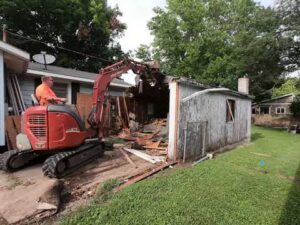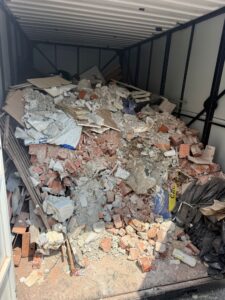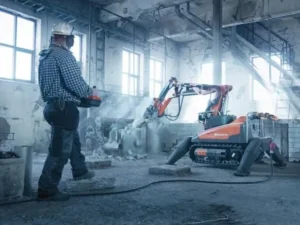Interior and selective demolition has shifted from brute-force takedowns to highly strategic, sustainability-driven operations—especially in the commercial renovation sector. Whether it’s a downtown office upgrade, a medical facility retrofit, or tenant improvement in a retail center, selective demolition has become the standard for clean, efficient, and low-disruption transformations.
In this guide, we explore what’s changing in interior and selective demolition trends in 2025, the emerging technologies leading the shift, and how demolition contractors like Liberty Demolitions are enabling faster, safer, and more eco-conscious commercial renovations across Southern California.
Why Interior and Selective Demolition Matters in Commercial Renovation Projects
Selective demolition is the precise removal of interior or non-structural components—like drywall, flooring, partitions, MEP systems—while preserving the surrounding structure and operational environment.
It’s especially useful for:
- Tenant improvements in active buildings
- Adaptive reuse of historic or outdated spaces
- Environmentally responsible remodels
- Renovations in healthcare, retail, and hospitality
In 2025, selective demolition is not only a best practice—it’s often a code or sustainability requirement, thanks to evolving energy-efficiency mandates and LEED expectations.
Top Interior Demolition Trends for 2025
1. Sustainable Deconstruction and Material Recovery
With LEED certifications, state mandates, and green building policies becoming stricter, sustainable demolition is now a must in many commercial projects.
Key practices include:
- Deconstruction instead of demolition
- On-site material sorting and recycling
- Documentation of salvaged and diverted materials
- Coordination with green-certified rebuild teams
Selective demolition is the ideal method for reusing concrete, glass, wood, doors, and more—minimizing landfill contributions and supporting project compliance.
2. Low-Impact Demolition in Occupied Structures
In shared or active commercial spaces—like medical centers, schools, or office towers—limiting noise, vibration, and dust is essential.
What’s trending:
- After-hours or phased demolition schedules
- Negative air machines and sealed work zones
- Sound-dampened tools and robotic machinery
- Multi-zone isolation to keep adjacent areas operational
Liberty Demolitions specializes in low-disruption selective demo, offering night and weekend service options with full air quality management.
3. Robotic Equipment and AI-Based Planning

Technology is revolutionizing the industry.
- Remote-controlled demolition robots are now used for flooring removal, ceiling takedowns, and concrete cutting—especially in tight or hazardous locations.
- AI modeling and 3D scanning tools allow teams to map utilities, simulate demolition sequences, and minimize damage risk before any wall is touched.
- Integration with BIM (Building Information Modeling) is helping project managers sync demo plans with rebuilds.
These tools boost safety, shorten timelines, and reduce costly errors in complex renovations.
4. Hazardous Material Management and Air Quality Control
Selective demolition often means uncovering or working near asbestos, lead paint, or silica dust—especially in pre-1980 buildings.
Demolition teams are now required to:
- Conduct pre-demo hazmat inspections
- Apply sealed containment procedures
- Use HEPA-filtered equipment
- Comply with updated OSHA silica exposure rules
Liberty Demolitions is fully licensed for hazardous material handling, providing abatement-ready demo services for regulated job sites.
5. Coordination with Design-Build and Tenant Fit-Out Teams
Commercial renovations are increasingly fast-tracked. To keep projects on schedule, demolition contractors must work seamlessly with general contractors, architects, and engineers.
Trends here include:
- Early-stage consultations on phasing and access
- Structural integrity protection during demo
- Real-time progress reporting via construction apps
- Floor-by-floor or area-specific demo to enable rolling builds
This collaborative approach reduces handoff delays and ensures that demolition doesn’t become a bottleneck.
Industries Benefiting Most from Interior Demolition Trends
Selective demolition plays a crucial role in high-precision industries:
| Industry | Demo Application |
| Healthcare | Upgrading ORs, clinics, MRI rooms with no air disruption |
| Education | Classroom, lab, and dorm remodels between semesters |
| Hospitality | Guest room renovations, lobby upgrades without closures |
| Retail | Quick turnover for franchise interiors and build-outs |
| Corporate | Tenant improvements, cubicle reconfigurations, lobby renovations |
Liberty Demolitions: Leading the Future of Commercial Interior Demolition
At Liberty Demolitions, we’ve built our reputation by staying ahead of industry trends. Our selective demolition process includes:
- Pre-demo walkthroughs and project mapping
- Controlled dismantling with precision tools
- Sustainable sorting and disposal coordination
- Clean handoff for remodel crews or build-backs
- Full compliance with air, dust, and hazmat protocols
From retail build-outs to hospital upgrades, our team helps commercial clients across Philadelphia move faster without cutting corners.
FAQ – Interior & Selective Demolition Trends for Commercial Renovations
What is the difference between interior demolition and selective demolition?
Interior demolition refers to the removal of internal building elements. Selective demolition is more precise—targeting specific areas or components (e.g., walls, ceilings, HVAC) without disturbing structure or utilities.
What is the current trend in commercial demolition projects?
The biggest trends are sustainable material recovery, robotic demolition, off-hour scheduling, and dust containment—especially in occupied buildings or fast-paced renovations.
Can selective demolition be done while my business is open?
Yes. With negative air machines, sealed zones, and off-hour crews, Liberty Demolitions performs selective demolition without affecting business operations, ideal for retail and offices.
Is selective demolition more expensive than full demo?
It can appear more expensive per square foot, but it saves on structural rebuild, material replacement, and permits, making it more cost-effective for renovations.
Do I need permits for interior demolition in a commercial building?
Yes. Most Pennsylvania cities require demolition permits, especially if utilities or hazardous materials are involved. Liberty Demolitions handles all permitting and compliance on your behalf.
What’s Changing in Interior Demolition for Commercial Spaces
Need a commercial space prepped for renovation—fast, clean, and code-compliant? Partner with Liberty Demolitions, your trusted experts in selective and interior demolition across Philadelphia.
Contact Us. We clear the way, so you can build the future.
